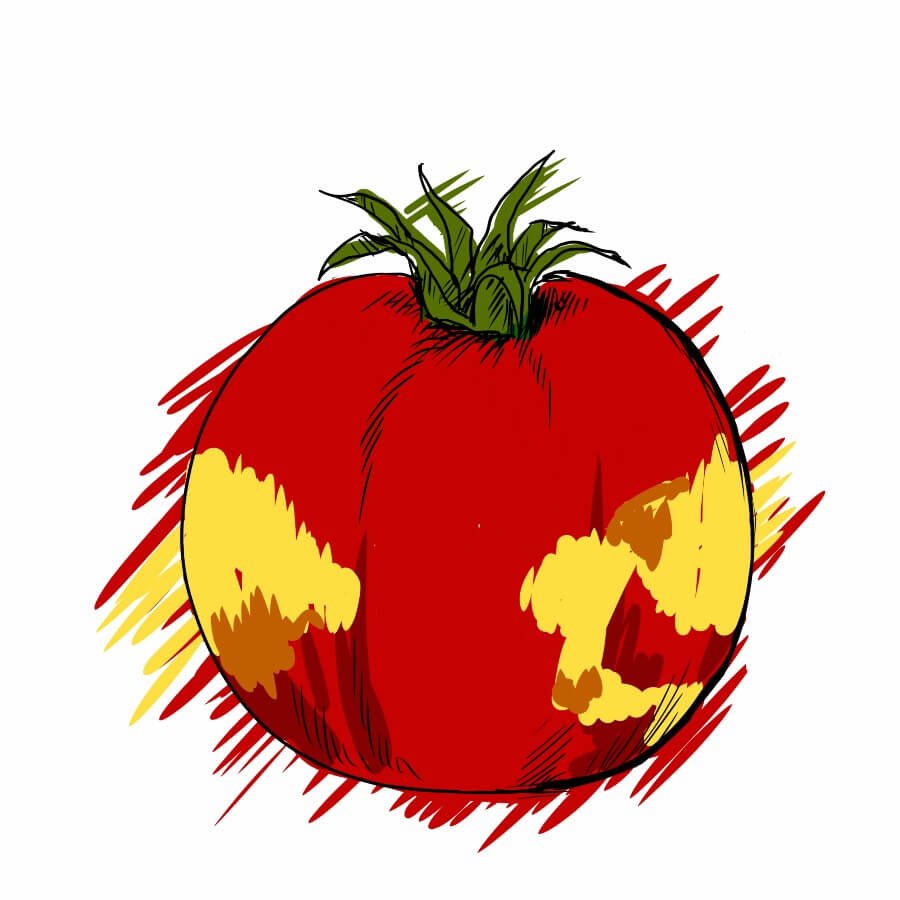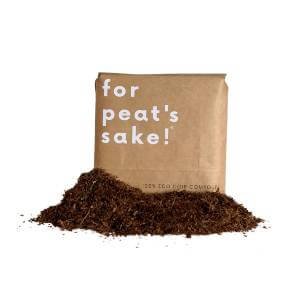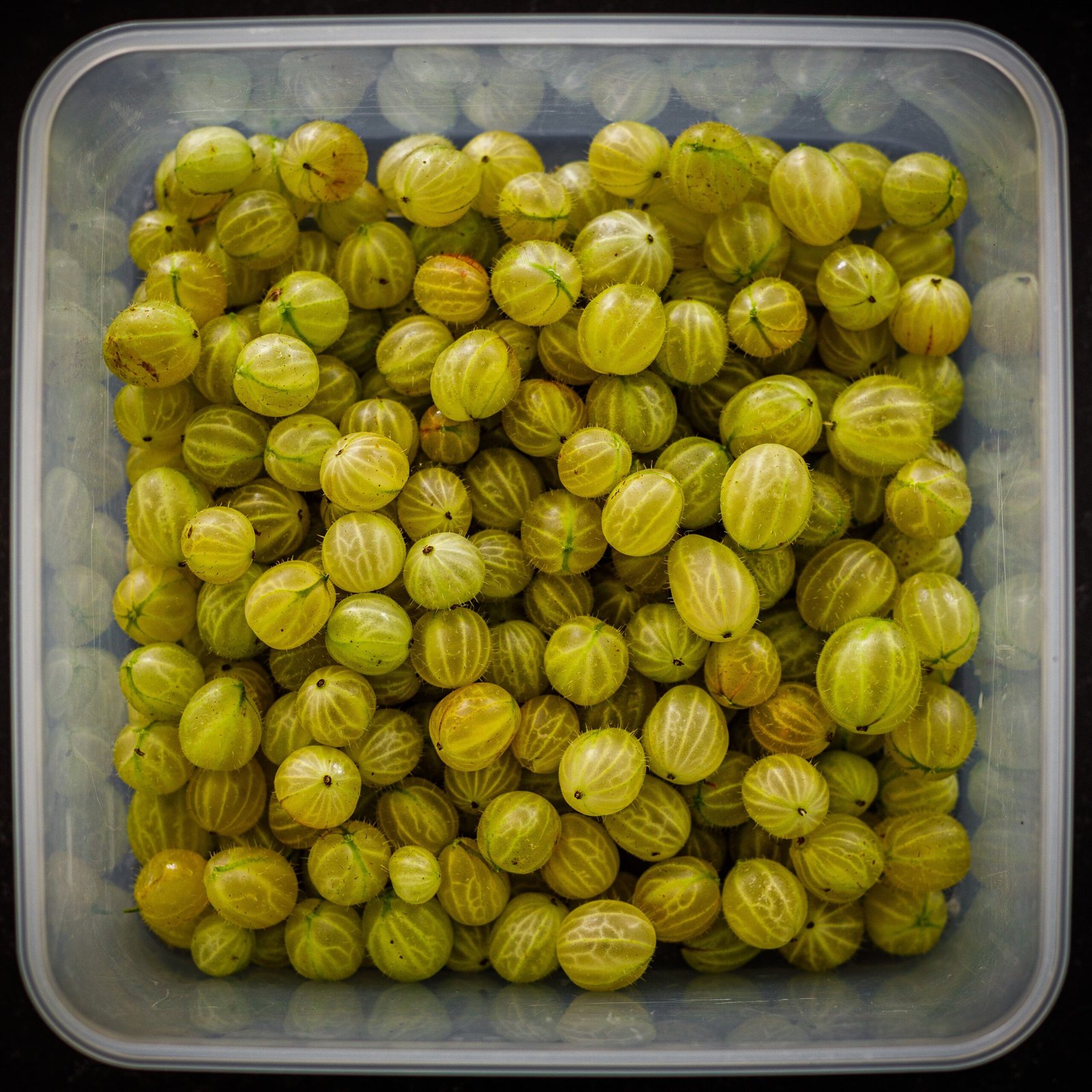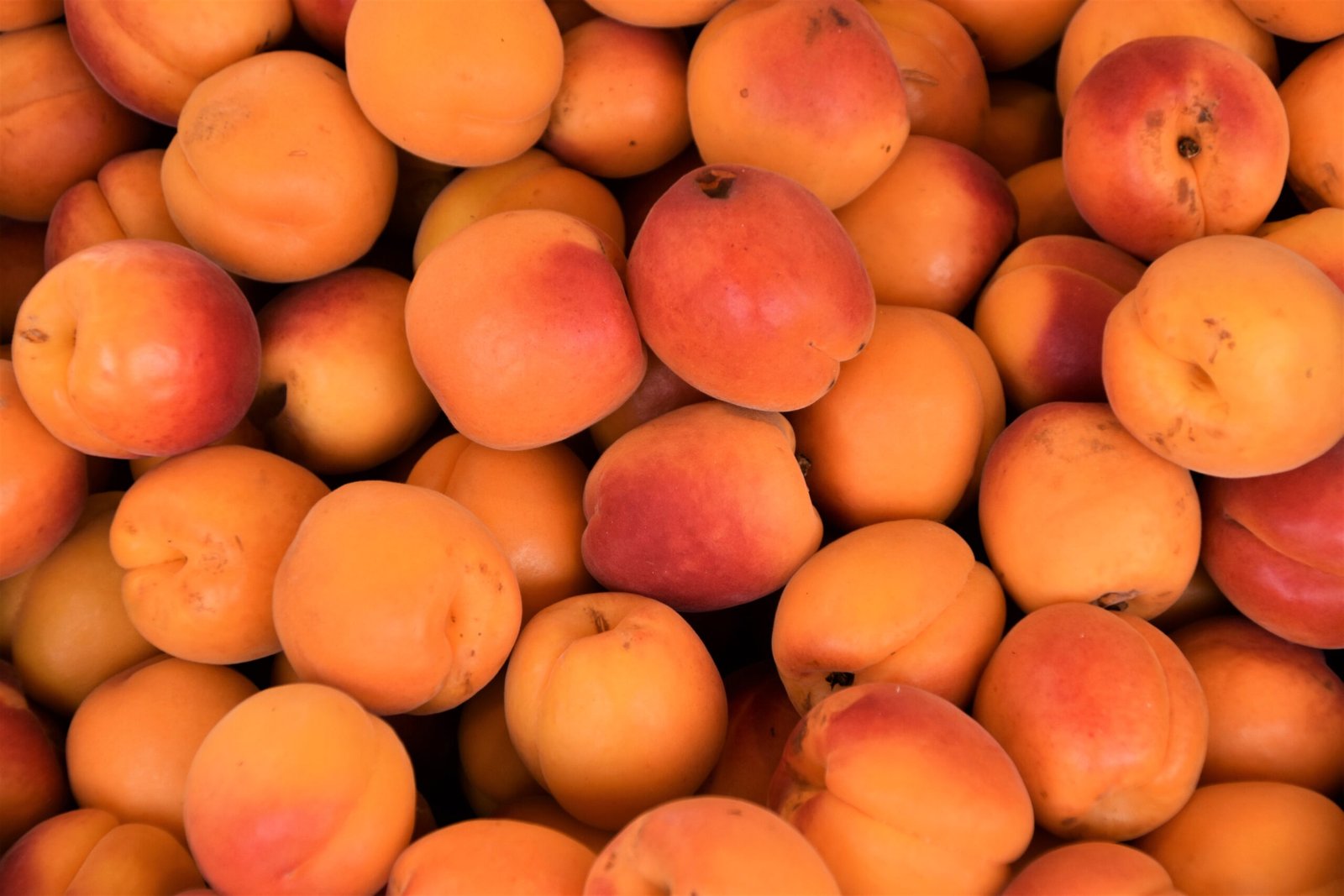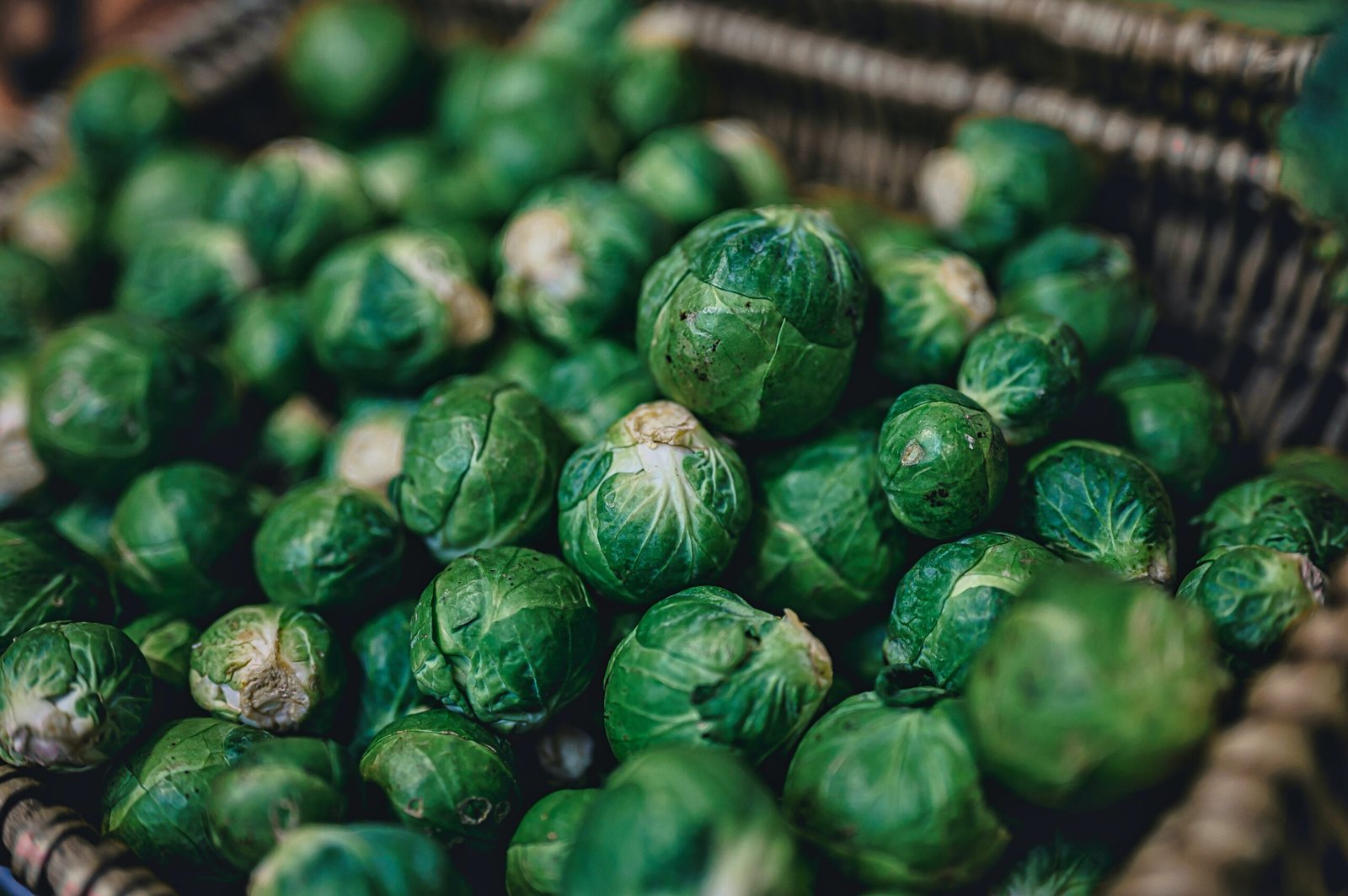Blotchy ripening is a common issue that affects the quality and appearance of tomato fruit. As a home gardener, it’s important to understand this phenomenon and implement effective management strategies to ensure high-quality produce.
In this article, we will explore the causes of blotchy ripening and discuss preventive measures and remedies to tackle this problem.
Source: Youtube – Gardening in Canada
Definition and Symptoms of Blotchy Ripening:
Blotchy ripening refers to the uneven colouration and patchiness that occurs during the ripening process of tomatoes. The symptoms include irregular blotches of yellow or green, often accompanied by browning around the stalk area.
It is crucial to differentiate this condition from other ripening disorders such as blossom end rot or fungal diseases.
Causes of Blotchy Ripening:
Blotchy ripening can be attributed to various factors, including both environmental and physiological influences.
Environmental factors:
Fluctuating or extreme temperatures, inconsistent moisture levels, and inadequate shading can contribute to blotchy ripening.
Tomatoes are sensitive to temperature changes, and extreme heat or cold can disrupt the ripening process. Additionally, improper watering practices that lead to overly wet or dry conditions can negatively impact fruit quality.
Insufficient shade or excessive exposure to sunlight can also affect the even ripening of tomatoes.
Nutritional imbalances:
Nutrient deficiencies or imbalances in the soil can contribute to blotchy ripening. Uneven nutrient uptake caused by deficiencies or excesses of essential elements such as calcium or magnesium can disrupt the ripening process.
Similarly, improper or unbalanced fertiliser application can contribute to the problem.
Physiological factors:
Certain tomato cultivars may be more susceptible to blotchy ripening due to genetic predispositions.
Additionally, ethylene imbalance – a naturally occurring gas involved in fruit ripening – can affect the uniform colour development of tomatoes.
Prevention and Management Strategies:
To prevent and manage blotchy ripening, it is crucial to address the underlying causes effectively. Here are some strategies to consider:
Environmental considerations:
Maintaining consistent and appropriate temperature and humidity levels in your garden is essential. Keep special attention to protecting tomato plants from extreme temperatures.
Implement proper shading techniques, such as using shade cloth or strategically placing plants to minimise direct sunlight exposure.
Regularly monitor soil moisture levels and provide sufficient water, ensuring a consistent balance without overwatering.
Nutritional management:
Conducting soil tests to identify any nutrient deficiencies or imbalances is crucial. Based on the soil test results, adjust the fertiliser application to provide the necessary nutrients in a balanced manner.
Applying organic matter, compost, or targeted fertilisers can help improve soil fertility and address nutrient imbalances.
Cultivar selection:
When selecting tomato varieties for your garden, choose cultivars that are less prone to blotchy ripening. Research and consult local experts or seed suppliers for recommended cultivars that have shown resilience against this ripening disorder.
Proper harvesting techniques:
Harvest tomatoes at the appropriate stage of ripeness to minimise the risk of blotchy ripening. Avoid premature harvesting, as this can lead to incomplete ripening, while delaying harvest excessively can increase the chances of irregular ripening.
Handle harvested fruits gently to avoid physical damage that could encourage blotchy ripening.
Ethylene management:
Tomatoes are sensitive to ethylene gas, which can be emitted by certain fruits and vegetables, accelerating ripening processes.
To minimise exposure to ethylene, store tomatoes separately from ethylene-producing produce such as bananas, apples, or citrus fruits.
Troubleshooting and Correcting Blotchy Ripening:
If you observe blotchy ripening in your tomato crop, it is important to correctly identify and diagnose the problem. Distinguishing it from other ripening disorders or diseases is crucial for developing an appropriate remedial plan.
Adjust cultural practices, such as monitoring and regulating temperature, ensuring adequate watering, and providing proper shading. Make nutritional amendments based on soil test results to address any deficiencies or imbalances identified.
Lastly, take precautions during harvesting and storage to minimise ethylene exposure.
Conclusion:
Blotchy ripening can significantly affect the visual appeal and quality of tomato fruit. By understanding the causes and implementing preventive measures, home gardeners can effectively manage this ripening disorder.
Regular observation, timely action, and seeking guidance from local agricultural extension services or horticultural experts can further assist in successfully addressing and managing blotchy ripening issues in tomato plants.
Frequently Asked Questions
What is blotchy ripening in tomatoes?
Blotchy ripening is a condition that causes uneven colouration and patchiness in tomato fruit during the ripening process. It is characterised by irregular blotches of yellow or green, often accompanied by browning around the stalk area.
What causes blotchy ripening?
Blotchy ripening can be caused by various factors, including environmental and physiological influences. Environmental factors such as fluctuating or extreme temperatures, inconsistent moisture levels, and inadequate shading can contribute to blotchy ripening. Nutrient deficiencies or imbalances in the soil and improper or unbalanced fertiliser application can also contribute to the issue.
How can I prevent blotchy ripening in my tomato plants?
To prevent blotchy ripening, it is crucial to address the underlying causes effectively. The correct implementation of techniques such as maintaining consistent and appropriate temperature and humidity levels, shading tomatoes from direct sunlight, and regularly monitoring soil moisture levels are vital. Conducting soil tests to identify any nutrient deficiencies or imbalances and choosing tomato cultivars that are less prone to blotchy ripening are further preventative measures.
Can I still eat tomatoes that have blotchy ripening?
Tomatoes with blotchy ripening are still edible, although their appearance may not be as visually appealing. As long as the fruit is fully ripe, it is safe to eat and retains its nutritional value. However, if the blotchiness is severe and accompanied by rot or mould, it is recommended to discard the fruit.
How can I fix blotchy ripening in my tomato plants?
To correct blotchy ripening, adjust cultural practices, such as monitoring and regulating temperatures, ensuring adequate watering and providing proper shading, is crucial. Nutritional amendments based on soil test results to address any deficiencies or imbalances need consideration. If the issue persists, consult with local agricultural extension services or a horticultural expert for further advice on alleviating the issue.

